Chiropractic Care
Chiropractic is the third-largest primary care healthcare profession, after medicine and dentistry. Every year, nearly 5 million Canadians receive chiropractic care from more than 9000 Doctors of Chiropractic throughout Canada. Chiropractors are specialists in the assessment, diagnosis, and care of disorders arising from dysfunction of the spine, nervous system, and associated soft tissues. Chiropractic is a hands-on approach to achieving health without the use of drugs or surgery.
Chiropractic care is appropriate for all ages from infants to those in their golden years. By ensuring that the nervous system is functioning optimally, chiropractors are effective at helping people heal from a variety of concerns. Symptom relief is a great side effect of chiropractic care but ultimately, we want to ensure that your body is functioning at its best so that it can handle day-to-day stress without pain and dysfunction. Chiropractors can also play a major role in the prevention of future problems. The Chiroprators at Thrive Family Chiropractic have over 40 years of experience helping patients just like you and they look forward to helping you meet your health goals. Find out more in our FAQ, including what to expect on your first visit.
Insight Subluxation Station
A powerful tool for analyzing your nervous system.
At Thrive Family Chiropractic, we use the Insight Millennium technology to analyze the integrity of your nervous system. The Insight is the only technology of its kind certified by the U.S. Space Foundation and the only device of its kind to be registered with the FDA and Health Canada as a Class II Medical Device.
Scans with the Insight are non-invasive and will be performed as part of your initial consultation and examination and at regular intervals during re-evaluations. Your Chiropractor may also suggest that a scan with the Insight be performed if you have had a new injury, new complaint or a motor vehicle accident.
A scan with the Insight Subluxation Station is composed of three parts:
Pulse Wave Profiler (PWP)
The PWP collects information about heart rate variability. Heart rate variability is the beat-to-beat variation in heart rate. This natural rise and fall in heart rate is a normal phenomenon and is regulated by autonomic nervous system activity. By measuring heart rate variability, we can get a window into how the autonomic nervous system modulates your heart rate in a resting state. The autonomic nervous system is the portion of your nervous system that controls the organs, blood vessels and glands. Heart rate variability is a reflection of how well you are adapting to stress in your environment and how well balanced you autonomic nervous system is. Lowered heart rate variability is associated with aging, obesity and heart disease. Published research has demonstrated that chiropractic adjustments have favorable effects on heart rate variability.
Thermal Scanner
The Insight Thermal Scanner assesses autonomic nervous system function by measuring differences in skin temperature along either side of your spine. Areas of abnormal nervous system function will appear on the scan as an increase in skin temperature. By analyzing these areas of increased skin temperature, the chiropractor can make more accurate recommendations about your treatment plan needs.
Surface Electromyography (sEMG)
The Insight sEMG is similar to the technology used in EKG machines. One primary difference is that the Insight sensors are 1,000 times more sensitive since the paraspinal muscles (the postural and stabilizing muscles along your spine) generate less electrical activity than the heart muscle. The electrical signal changes measured by the sEMG show the Chiropractor how the motor portion of your nervous system is functioning and therefore, can quantify the muscular changes in individual spinal segments. When you are over stressed, the motor system will compensate and your body will become less efficient.

